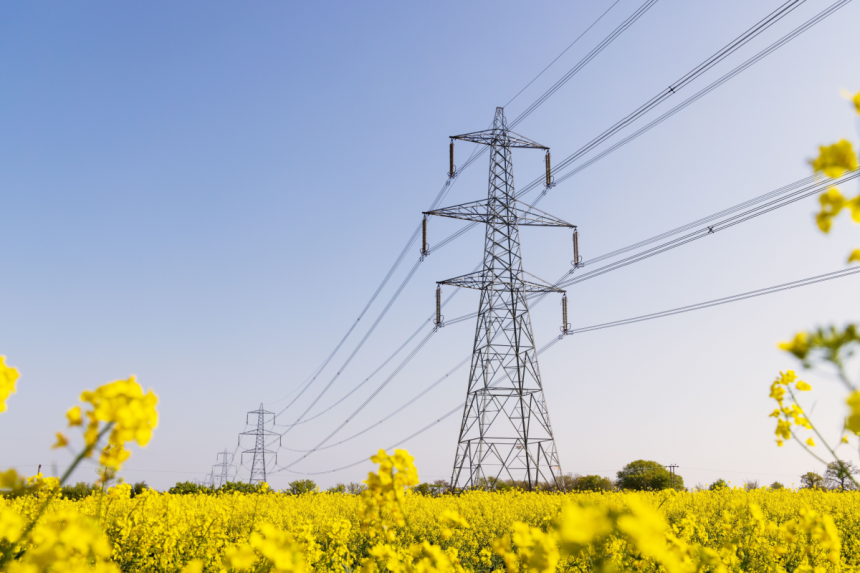A new report commissioned by the Pacific Northwest’s largest utilities warns that the region could face power shortages as early as next year, raising concerns about the reliability of the electrical grid during extreme weather conditions. The analysis, conducted by consulting firm Energy + Environmental Economics (E3), evaluated power generation and demand across Washington, Oregon, Idaho, Montana, and parts of Utah and Wyoming.
According to the study, the highest risk of rolling blackouts would occur during a dry hydropower year combined with a severe winter cold snap. Although these are only statistical projections — and blackouts remain unlikely in the next five years — the findings underscore growing vulnerabilities driven by rapid energy demand growth, coal plant shutdowns, and insufficient replacement capacity.
E3’s senior partner Arne Olson described the trend as “once-in-a-generation growth in electricity demand,” fueled by population increases, data centers, electric vehicles, and expanding air conditioning use.
Hydropower Variability and Renewable Gaps
Hydropower, long the backbone of the Northwest’s energy system, has become more unpredictable due to drought and climate change. When river flows weaken, utilities are often forced to rely on natural gas and other fossil fuels. Meanwhile, wind power can falter during cold high-pressure systems, and solar energy output declines during winter months.
Despite a surge in renewable construction, much of the new wind and solar capacity has been built outside Washington and Oregon — mainly in Wyoming and Utah — and has not yet matched the reliability of traditional baseload power. Washington’s clean-energy law, which bans coal-fired power after 2025, is further accelerating the transition.
Projected Supply Gaps Through 2030
The report projects an energy reliability gap of 1,300 megawatts in 2026, expanding to roughly 8,600 megawatts by 2030. For comparison, Oregon’s total energy capacity stands at around 9,000–10,000 megawatts annually. While about 3,000 megawatts of new projects are expected to come online by 2030, delays due to labor shortages, supply chain issues, and permitting hurdles could limit progress.
Utilities typically aim to keep the chance of power shortfalls below 24 hours per decade, or a 5% probability per year. But the region’s growing electricity appetite — now forecast to rise 3.2% annually — is outpacing earlier estimates that projected less than 1% yearly growth just three years ago.
Can Renewables and Efficiency Close the Gap?
The report was sponsored by the Public Generating Pool — a consortium of public and private utilities including Seattle City Light, Avista, Puget Sound Energy, and Portland General Electric. It concludes that while efficiency improvements and consumer conservation can reduce demand, they won’t be enough to offset growth from new industries such as data centers and electrified transport.
Still, not all experts see the findings as alarming. Fred Heutte, senior policy associate at the Northwest Energy Coalition, said the report’s gap projection reflects a “high-end” estimate. He noted that new transmission projects and grid connections by the Bonneville Power Administration are progressing faster than before and could ease supply constraints.
“We don’t see any single resource as a magic wand,” Heutte said. “The key is diversity — more solar, wind, batteries, and flexible demand programs working together.”
Rolling Blackouts: A Last Resort
If demand exceeds available supply, utilities could implement rolling blackouts, temporarily shutting off power in selected areas to stabilize the grid. Such actions follow strict federal protocols, including advance customer notifications and coordination among regional utilities to draw on emergency reserves.
As the region races to build new capacity, experts agree that maintaining grid stability will depend on balancing renewables, reinforcing infrastructure, and managing growing electricity demand. Without that balance, even the energy-rich Northwest could find itself vulnerable to outages once thought impossible.






